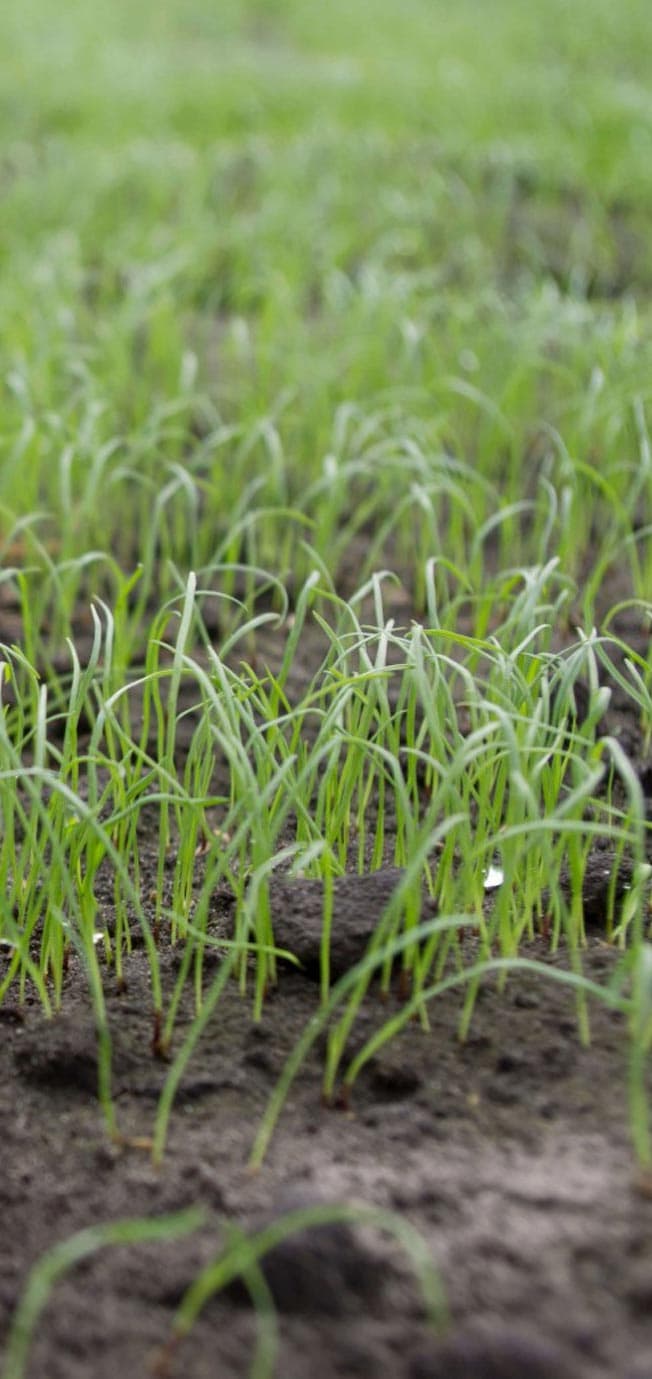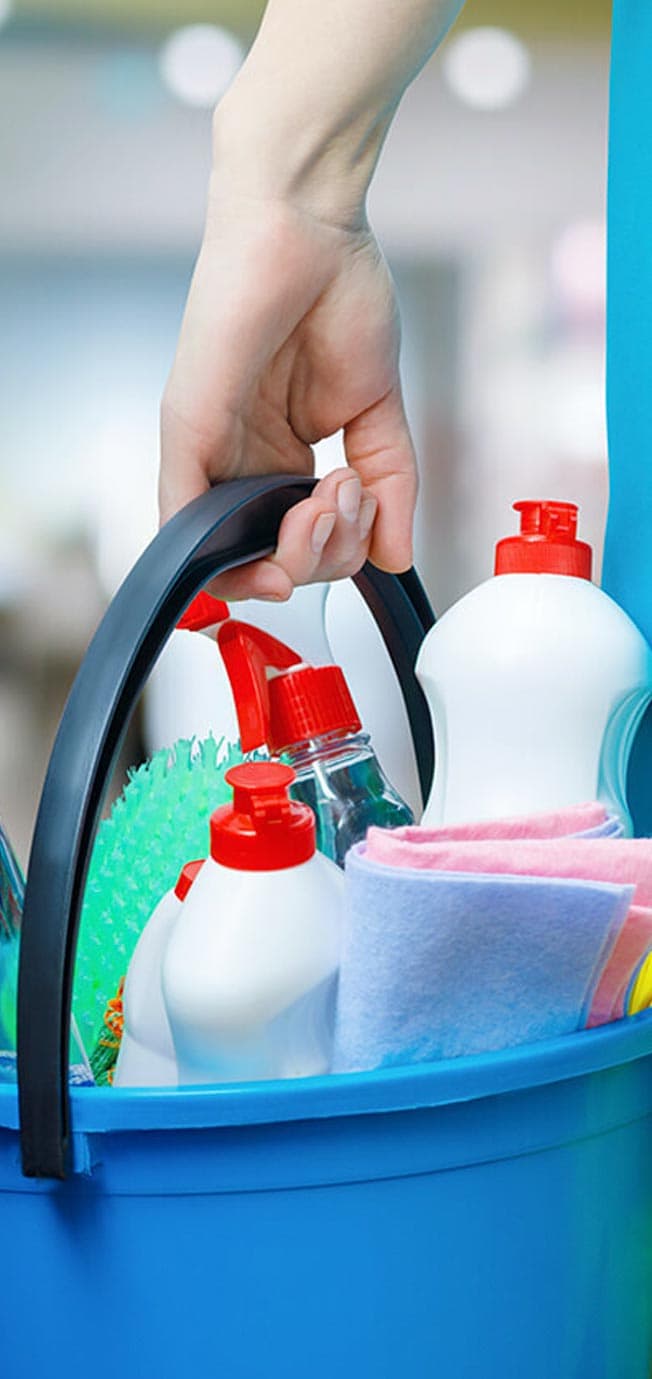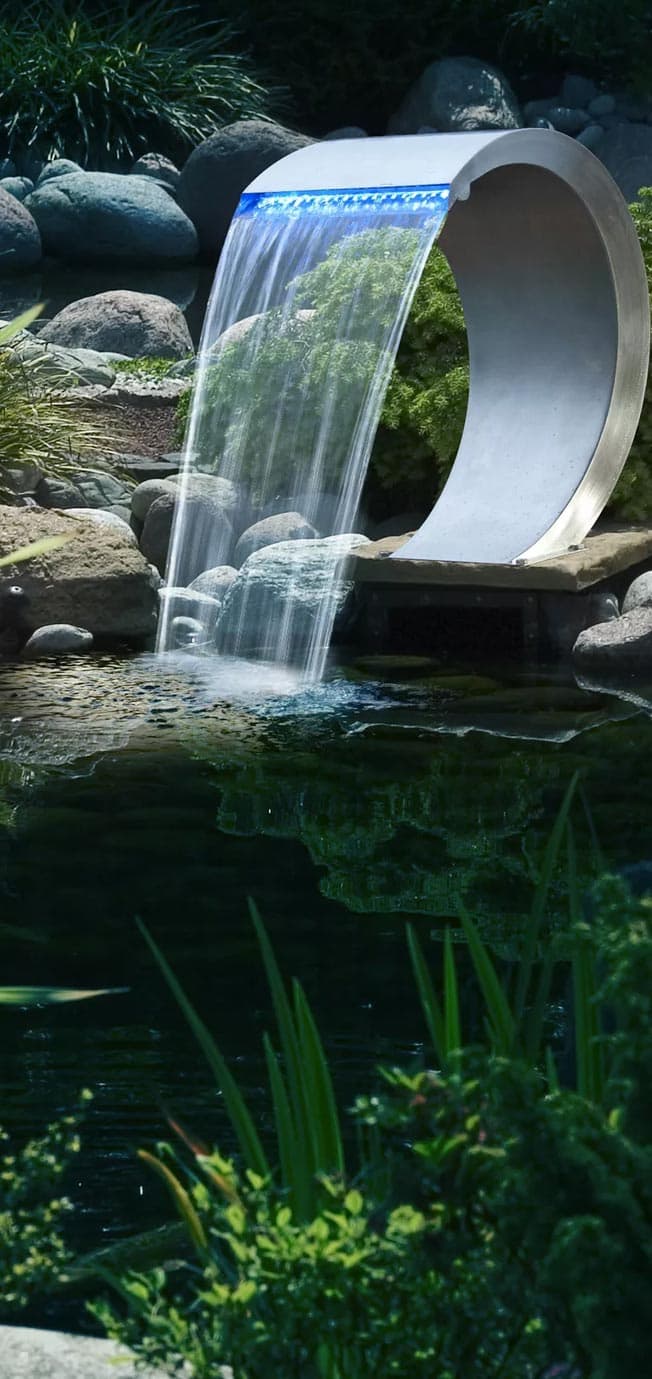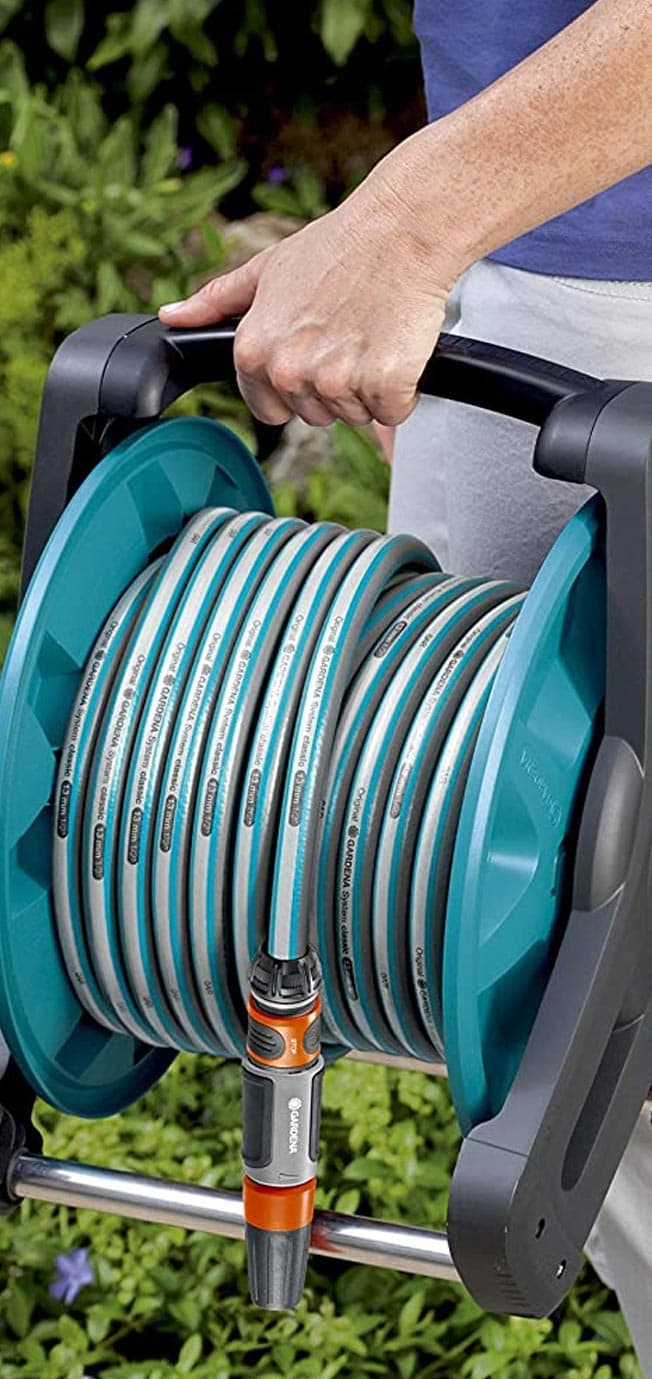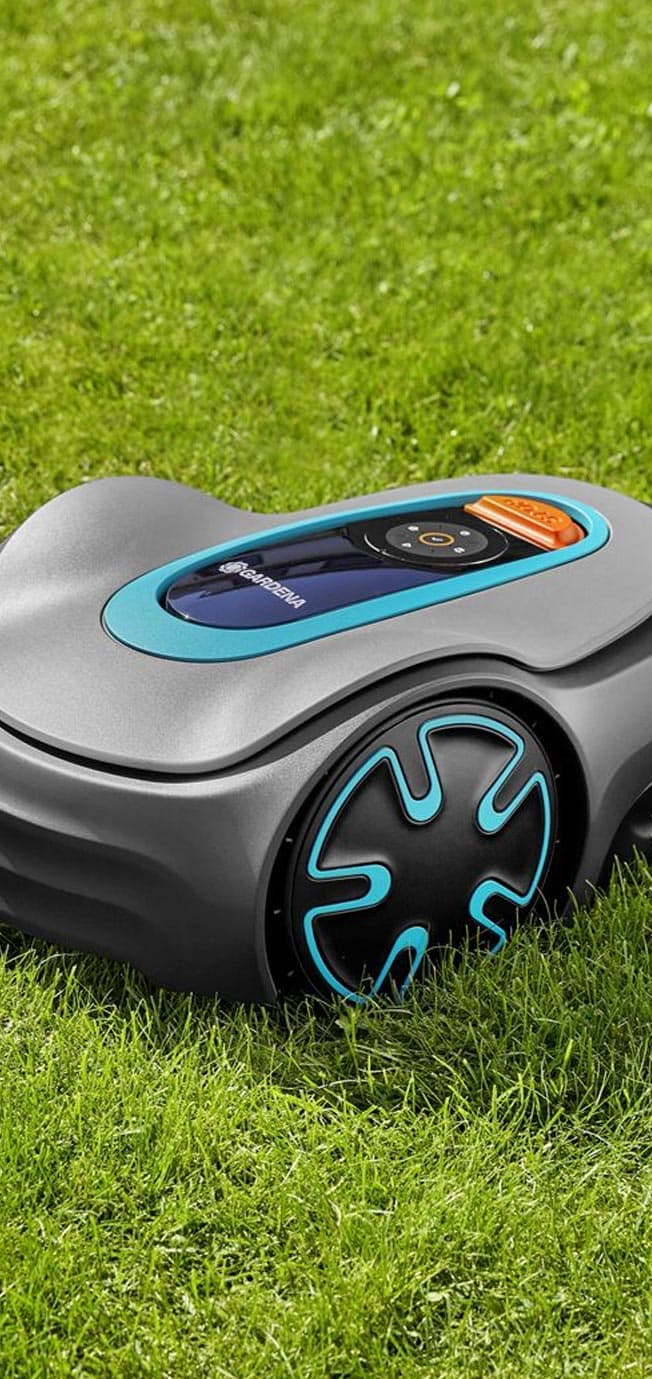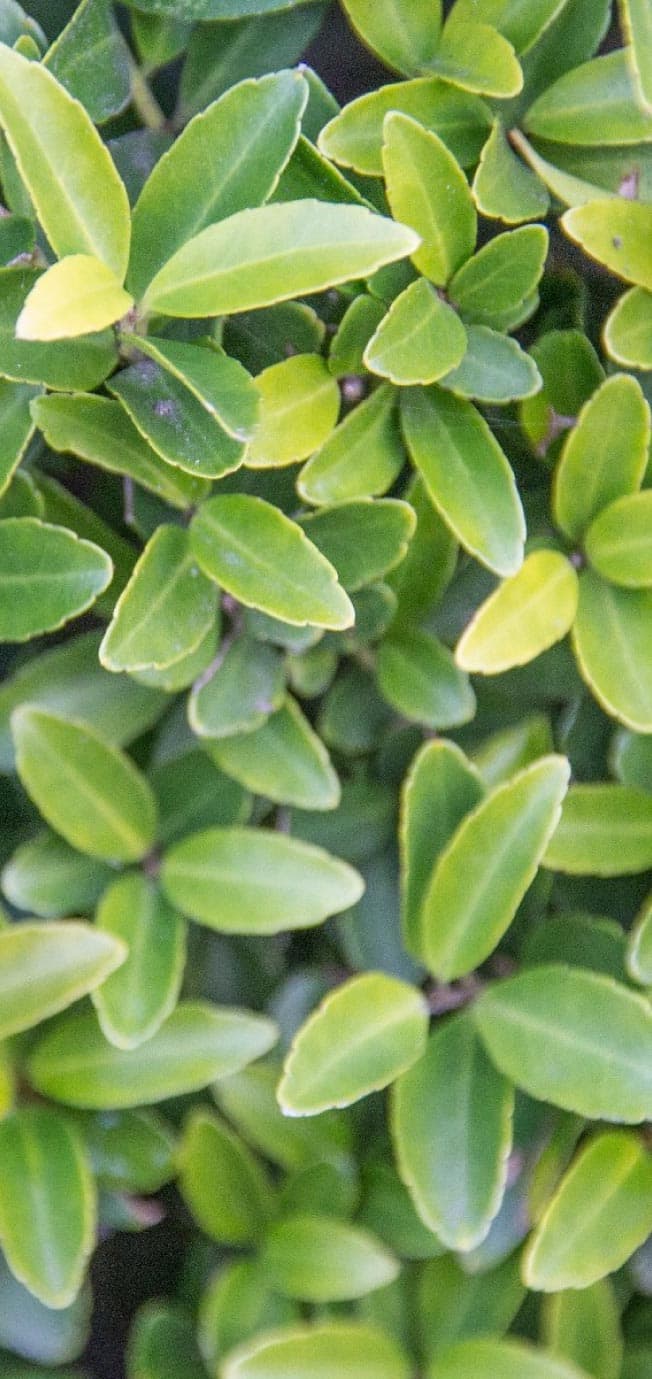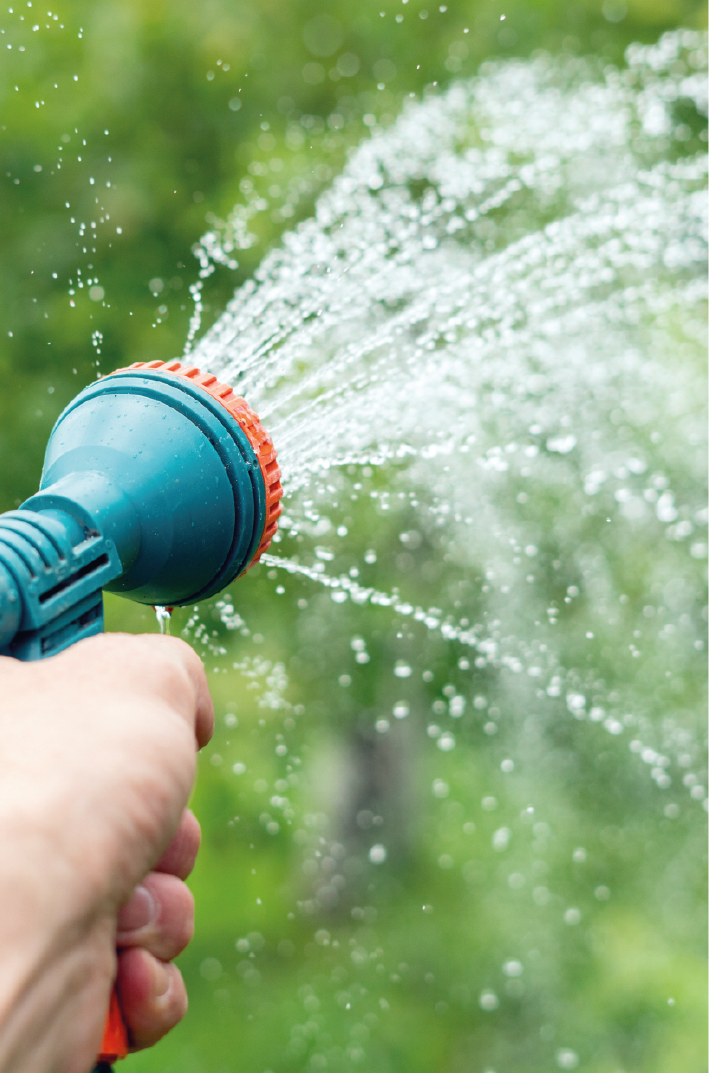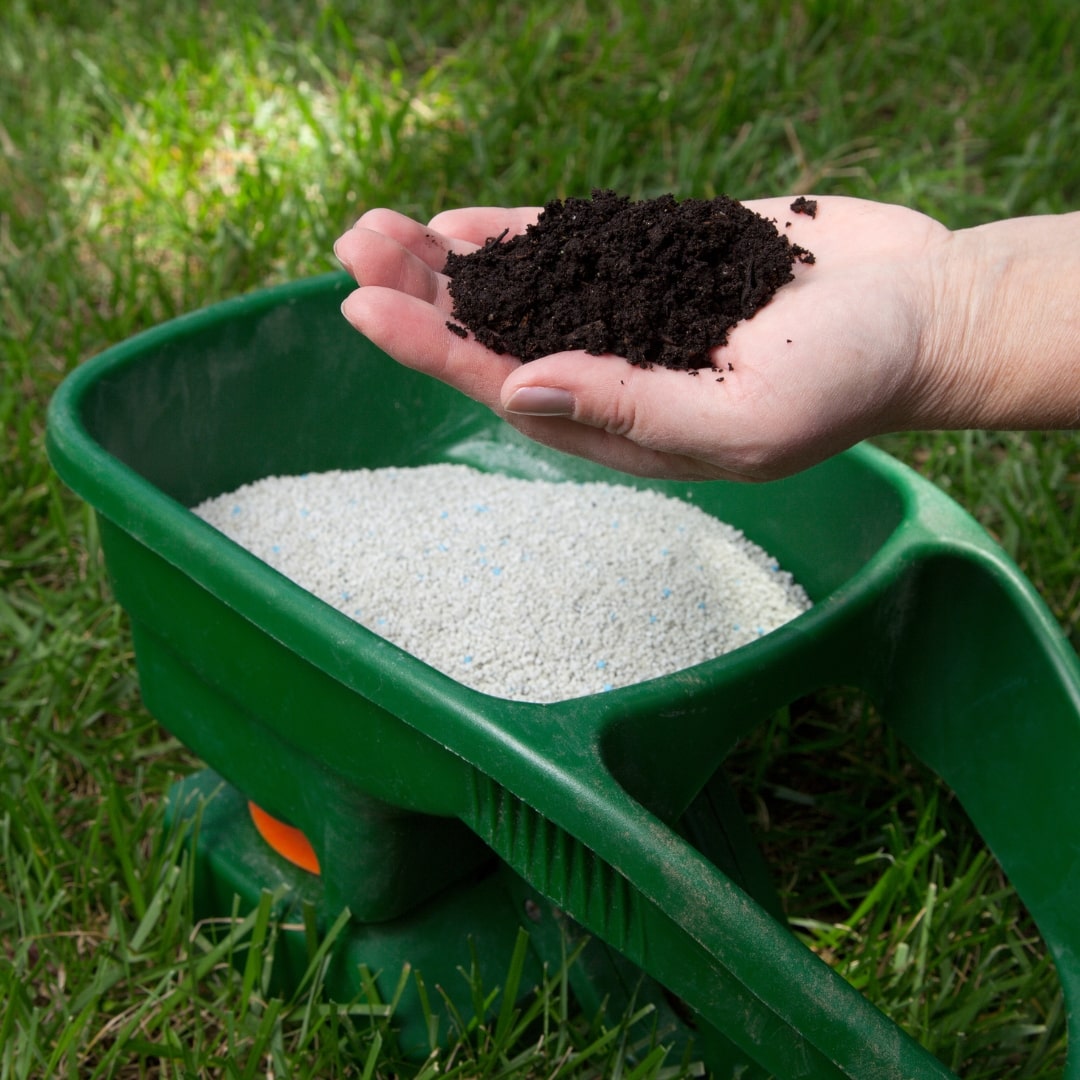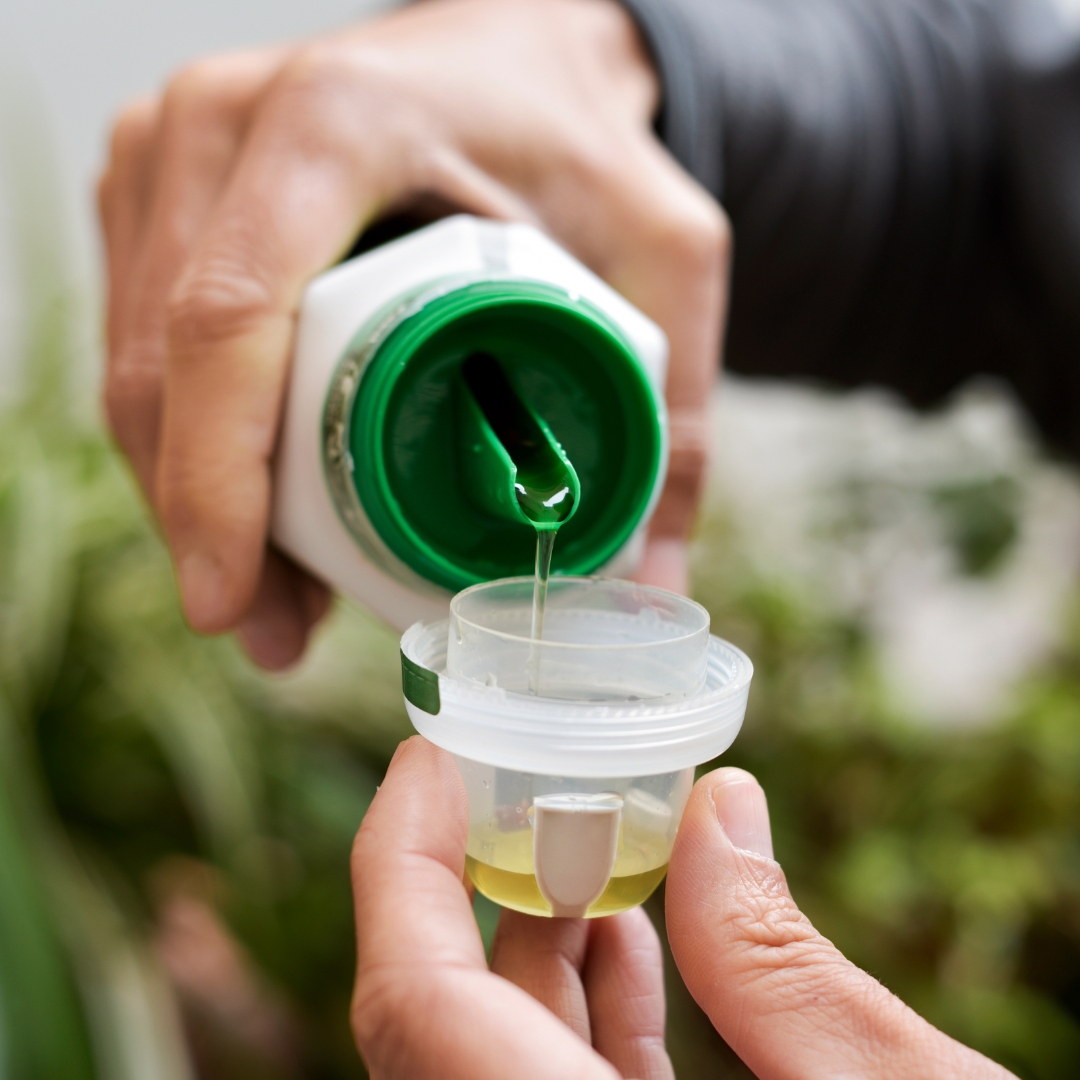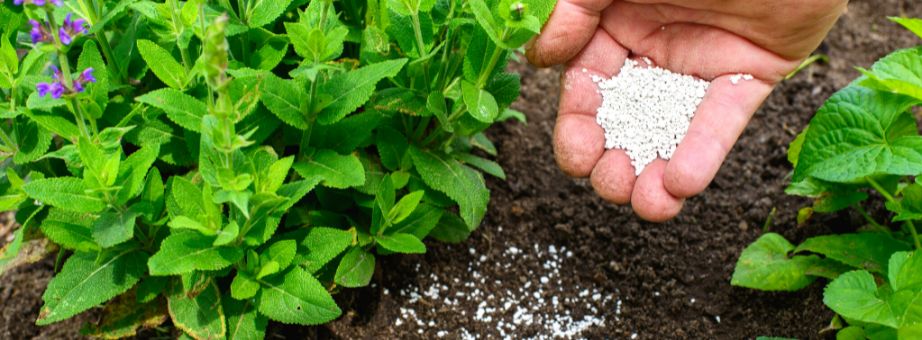Fertiliser
Fertiliser
Fertilisers are essential for rich flowering in the garden, a fresh green full lawn, vegetable garden full of juicy vegetables and radiant houseplants. They provide the soil with important nutrients such as nitrogen, phosphorous and potassium, making your plants stronger and more resilient.
In our webshop, you'll find a wide range of fertilisers for every plant and every season, so your garden is always in top condition! 💪🪴
What do crops need to grow?
Every plant needs minerals to grow properly. Whether it is your lawn, your hydrangeas or your tomato plants, just water and light are not enough. Crops get these minerals from the soil, but of course that supply is not endless. To replenish the supply, you need to spread or spray fertiliser. These fertilisers consist in se of three elements, namely nitrogen (N), phosphorus, (P) and potassium (K). Nitrogen ensures good growth and a beautiful green colour, phosphorus for firm root development and potassium increases resistance to diseases and fungi.
An unusually small and light-coloured leaf on a plant can be an indication of a nitrogen deficiency. A phosphorus deficiency manifests itself through purple discolouration and poor fruit development. Yellow or brown edges on the leaves indicate a possible potassium deficiency.
Other elements often added to fertilisers for the lawn, vegetable or ornamental garden include magnesium (growth and recovery of grass) and calcium (promotes cell wall strength).
Can you overfertilise?
Yes, absolutely! Plants and a soil can be both deficient and surplus in minerals. This means that more fertiliser is not necessarily better. Applying too much fertiliser can have harmful consequences. Therefore, always follow the advice on the packaging when applying fertilisers in your vegetable or ornamental garden or on your lawn or houseplants.
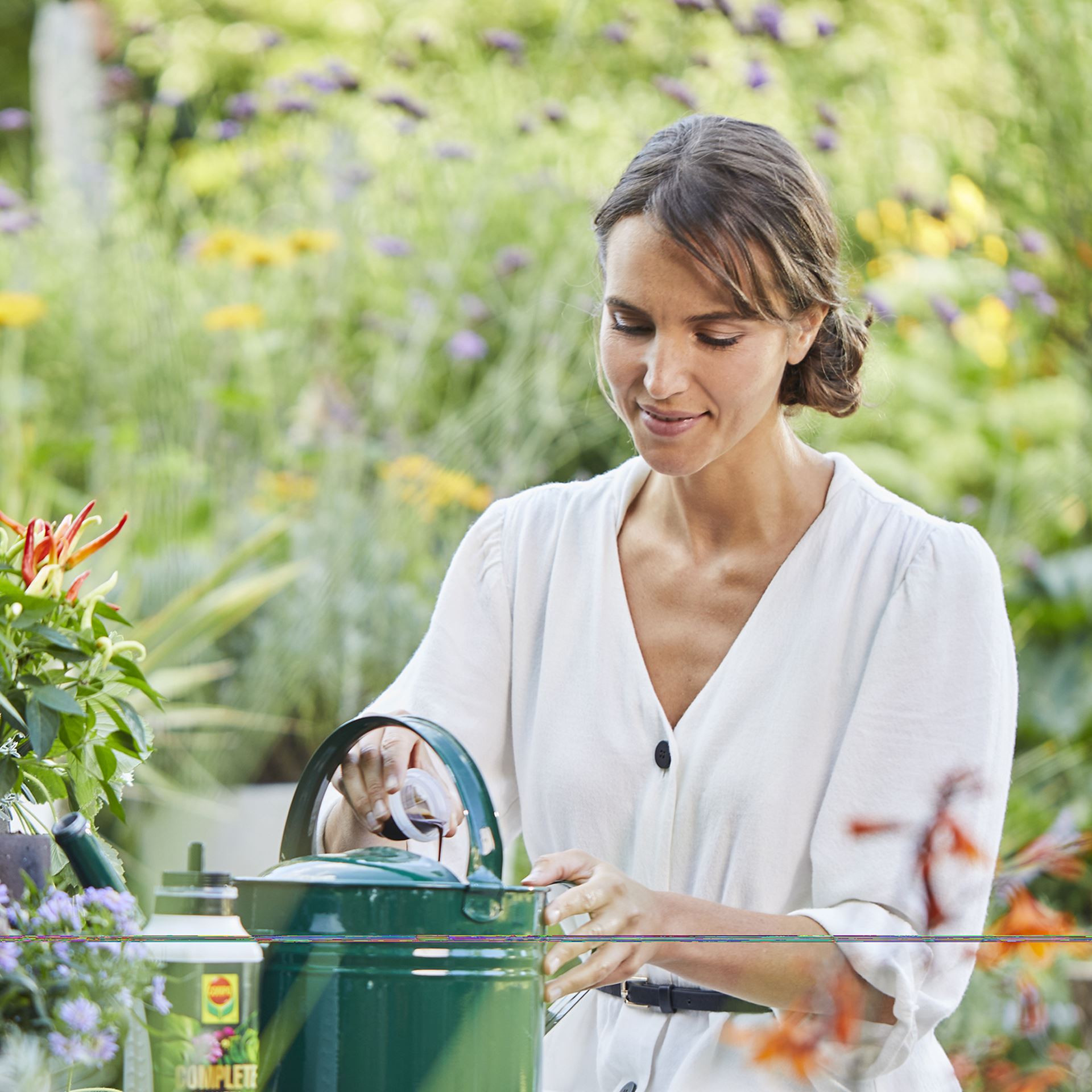
When to add fertilisers?
Lawn: The general rule is to add fertiliser to your lawn at least 3 times a year. During spring, you spread nitrogen-rich fertiliser for a full lawn and good growth to recover after winter. You continue this in summer. In autumn, on the other hand, potassium and phosphorus are especially important. The roots strengthen and your lawn becomes more resilient for the winter.
Plants: With plants, there is much less of a general rule for when to apply fertiliser. Give extra fertiliser during the flowering period. Fertilisers for plants are quite specific. For example, there are fertilisers specifically for box trees, hydrangeas, olive trees... This is because certain plants are very sensitive to specific substances. Acid-loving plants such as rhododendron or hydrangea need fertilisers without calcium. Tomato fertilisers, on the other hand, are high in nitrogen, potassium and calcium.
Vegetable garden: Around March/April, when your vegetable garden awakens from hibernation, start applying fertiliser to your vegetable garden for the first time. This promotes the healthy development of young plants. Applying fertiliser in autumn helps the plants to store nutrients they need in winter. When planting new crops (usually April/May), fertilising is recommended. This ensures a strong start. A second fertilisation may be necessary during the growing season (June-July), but this depends very much on the type of crop. Be aware that too much fertiliser also does more harm than good.
Liquid fertilisers vs grain fertilisers vs fertiliser sticks
Granular fertilisers: Granular fertilisers are - as the word suggests - dry, granular fertilisers that gradually release nutrients into the soil. For your garden plants and lawn, this form of fertiliser is very useful as it can be easily spread over a large area.
Liquid fertilisers: Liquid fertilisers are highly concentrated fertilisers that still need to be diluted with water. Because these fertilisers are in liquid form, they are absorbed by the soil extremely quickly. Liquid fertilisers come in handy for houseplants, ornamental plants in the garden or in your vegetable garden, for example. With these crops, a quick nutritional boost is needed more often and you can fertilise very precisely. You distribute liquid fertiliser using a sprayer or watering can. For this, follow the instructions on the packaging.
Fertiliser sticks: Sticks of fertiliser can be seen somewhat as a mix of both. They have a solid form, but they release nutrients gradually. Rod-shaped fertilisers are the least used, and are especially useful with houseplants.
Mineral vs organic fertilisers
Mineral fertilisers are better known as artificial or sometimes inorganic fertilisers. These are made so that the nutrients are absorbed directly and their production involves determining the ratio of N-P-K for a specific function.
An organic fertiliser consists of organic material (extracted from animal or plant material). Organic fertilisers feed the soil and therefore the plant. Note: A fertiliser may be called organic if it consists of 60% organic material.
Within organic fertilisers, we distinguish between compound and straight organic fertilisers. Compound organic fertilisers consist of a mix of nutrients and are also called NPK fertilisers. They thus contain nitrogen, phosphorus and potassium. Some are further enriched with macronutrients and trace elements. Simple fertilisers contain only 1 nutrient in high doses. Examples of simple fertilisers are blood meal, ammonium sulphate, calcium cyanamide, bone meal or vinassekali.
✓ Free delivery from € 40
in Belgium & The Netherlands!
✓ All A-brands
at the best prices!
✓ Customized advice by
our garden experts!
✓ Our customers give us 9.3/10
based on > 25.000 reviews!

